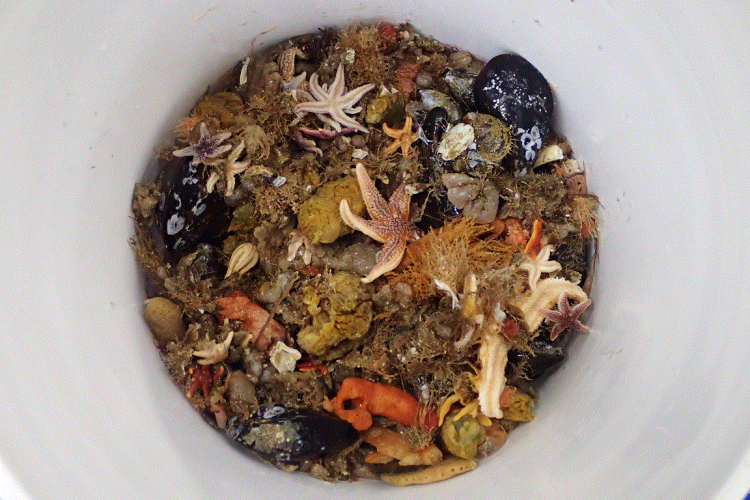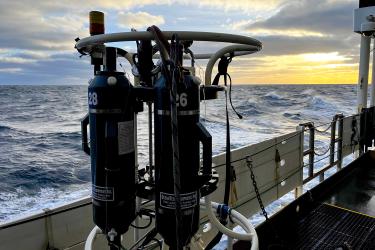We’re half a week into this leg of the Northeast Fisheries Science Center's spring bottom-trawl survey and settling into survey life. Our first tow this morning, around 1:30 a.m., was a little southeast of Chatham Harbor off Cape Cod. Even though the catch was fairly small, it was full of really interesting benthic invertebrates—animals that live on the ocean floor and lack a vertebrae or backbone.
It's always fun to see tows like these. Even though it may be hard to pick through on the sorting belt, it’s a great opportunity to see the diversity of life that lives on the ocean floor.
At first, it may seem difficult to get a grasp of what you’re looking at but it becomes much easier to comprehend after taking some time to separate everything into groups. These were the highlights of what I found:





